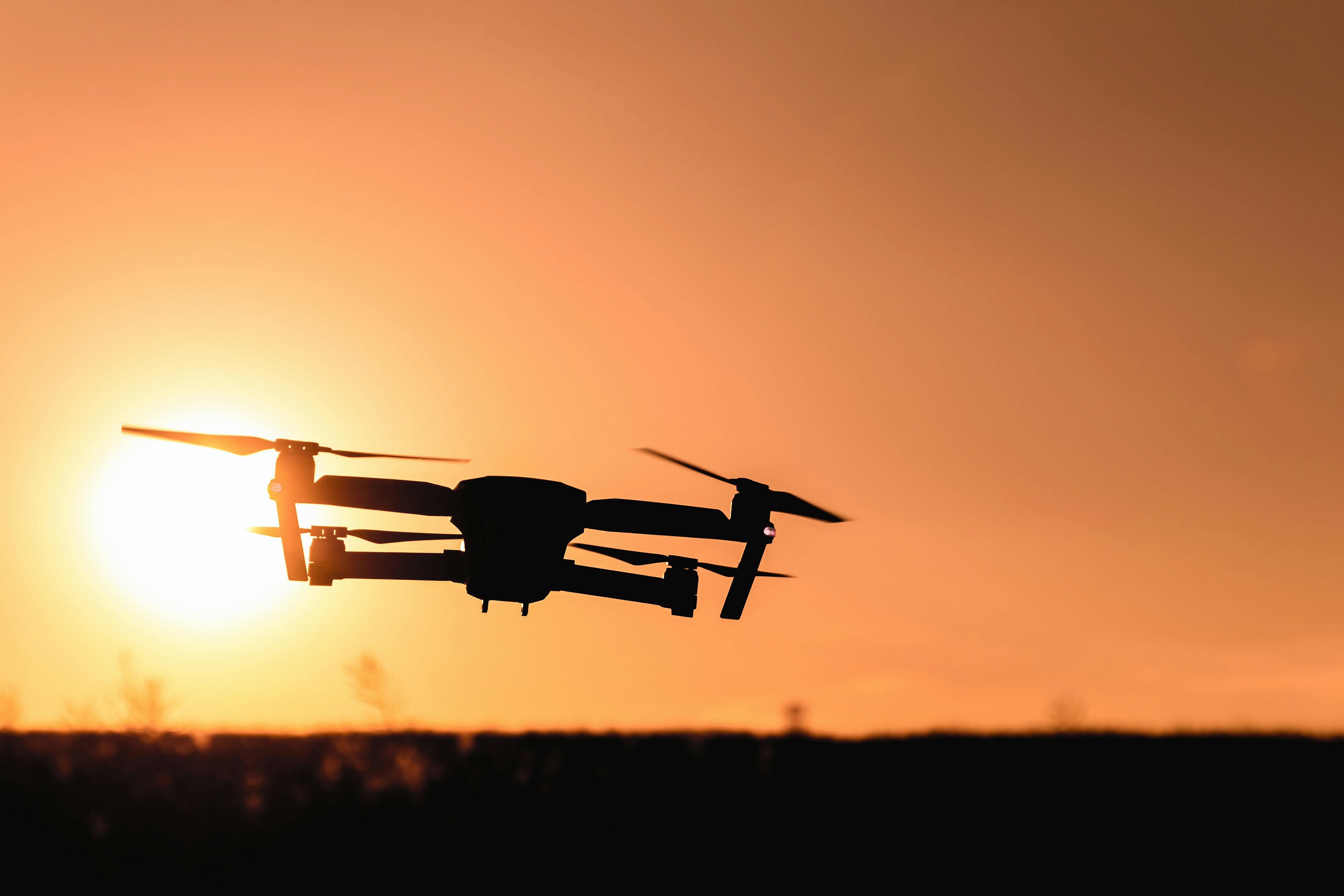Drones: A Beginner's Guide to Flying and FAA Regulations
Drones have revolutionized aerial photography, surveillance, and recreational flying. These unmanned aerial vehicles offer a unique perspective and have become increasingly popular among hobbyists and professionals alike. However, as a beginner, it's crucial to understand the basics of drone operation and the regulations that govern their use. This comprehensive guide will walk you through the essentials of flying drones and navigating FAA regulations.

How do I choose the right drone for beginners?
Selecting the right drone as a beginner can be overwhelming due to the vast array of options available. When choosing your first drone, consider the following factors:
-
Size and weight: Smaller, lighter drones are generally easier to maneuver and less likely to cause damage if crashed.
-
Flight time: Look for drones with longer battery life, typically ranging from 15 to 30 minutes.
-
Camera quality: If you’re interested in aerial photography, opt for a drone with a decent camera resolution.
-
Stability features: Beginner-friendly drones often come with features like altitude hold and headless mode, which make flying easier.
-
Price: Start with an affordable model to practice your skills before investing in a more expensive drone.
Some popular beginner-friendly drones include the DJI Mini 2, Holy Stone HS110G, and Potensic A20W. These models offer a good balance of features, ease of use, and affordability for newcomers to the world of drones.
What are the essential FAA regulations for drone pilots?
The Federal Aviation Administration (FAA) has established specific regulations for drone operation to ensure safety and privacy. As a beginner, it’s crucial to familiarize yourself with these rules:
-
Registration: All drones weighing between 0.55 lbs (250 grams) and 55 lbs must be registered with the FAA.
-
Age requirement: Pilots must be at least 13 years old to register a drone for recreational use.
-
Altitude limit: Drones must fly below 400 feet above ground level.
-
Visual line of sight: Always keep your drone within your visual line of sight.
-
No-fly zones: Avoid flying near airports, stadiums, and other restricted areas.
-
Privacy: Respect others’ privacy and don’t use your drone to conduct surveillance or capture images of people without their consent.
-
Commercial use: If you plan to use your drone for business purposes, additional certifications and regulations apply.
How can I learn to fly a drone safely?
Learning to fly a drone safely requires practice and patience. Here are some tips to help you get started:
-
Read the manual: Familiarize yourself with your drone’s specific features and controls.
-
Start in an open area: Choose a large, open space away from people, buildings, and obstacles.
-
Practice basic maneuvers: Begin with simple movements like hovering, ascending, descending, and rotating.
-
Use prop guards: These protective accessories can prevent damage to your drone and surroundings during crashes.
-
Fly in ideal weather conditions: Avoid strong winds, rain, or extreme temperatures when learning.
-
Join a local drone community: Connect with experienced pilots who can offer guidance and share flying spots.
-
Take an online course: Many websites offer comprehensive drone flying courses for beginners.
What additional skills should drone pilots develop?
Beyond basic flying skills, drone pilots should develop several complementary abilities:
-
Photography and videography: Learn composition techniques and camera settings to capture stunning aerial footage.
-
Post-processing: Familiarize yourself with photo and video editing software to enhance your captured content.
-
Weather interpretation: Understand how wind, temperature, and humidity affect drone performance.
-
Airspace awareness: Learn to read aeronautical charts and understand airspace classifications.
-
Maintenance: Develop skills to perform routine maintenance and minor repairs on your drone.
How can I stay updated on drone regulations and best practices?
Drone regulations and technology are constantly evolving. To stay informed:
-
Follow the FAA’s drone website and social media channels for updates.
-
Subscribe to drone-focused newsletters and magazines.
-
Join online drone communities and forums to discuss changes with fellow enthusiasts.
-
Attend drone events and workshops to learn from industry experts.
-
Regularly check your drone manufacturer’s website for firmware updates and safety notices.
By understanding the basics of drone operation, adhering to FAA regulations, and continuously developing your skills, you’ll be well-equipped to enjoy the exciting world of drone flying safely and responsibly. Remember that safety should always be your top priority, and never hesitate to seek guidance from experienced pilots or professional instructors as you progress in your drone piloting journey.




